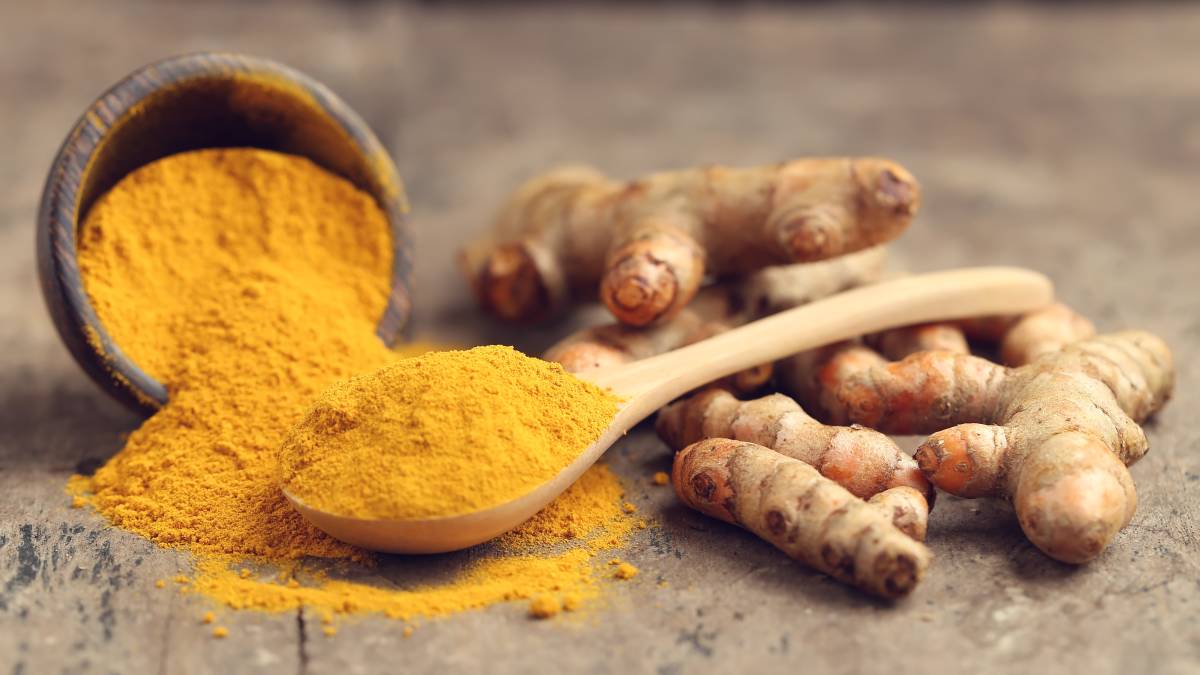Vipariti Karani, uttanasana, Paschimottonasana, janu sirsasana, balasana, savasana variation, pranayama, bow pose, bhujangasana, are some of the yoga poses for restless leg syndrome.
The itching, tingling, and other unpleasant sensations of restless leg syndrome can be stressful to deal with, and when you’re not sleeping, those stress level skyrocket. Yoga to the rescue!
Research published, that regular yoga poses and stretches can help ease those restless legs syndrome symptoms and help you sleep better, feel less stressed, and even lower blood pressure. Try these yoga poses and breathing tips to help you find relief from restless legs syndrome.
Simple Yoga Poses for Restless Legs Syndrome
Meditation
Guided meditation will help you overcome RLS. If you’ve had this for some time, you will start to see a gradual reduction in the number of incidents you have. Get a peaceful sleep every night. Getting a peaceful sleep without having nightmares, will make a huge difference in your life, giving your more energy, less drowsiness during the day, and clear thinking.
Reprogram your mind to banish RLS. You have now set your mind up to ‘know’ that you will have an episode of RLS, but you can reprogram it to stop it altogether.
Vipariti Karani(Legs Up the Wall Pose)
Lie on your back with your legs extended up against the wall at a 90-degree angle. Stay in the position for 5 to 20 minutes to ease restless legs syndrome. However, Solanki cautioned that if you have uncontrolled high blood pressure, diabetes, or if you have your period or are pregnant, you should not practice this pose.
Uttanasana(Standing Forward Fold)
Standing with feet hip width apart, bend forward at the hips while keeping knees soft and lengthening the spine as you fold forward. The idea of this pose is to stretch the back of the legs while letting the spine traction with gravity. Hold the stretch for about five to 10 breaths. Don’t hold the pose for longer than is comfortable, and be careful if you have problems with blood pressure.
Paschimottonasana(Seated Forward Fold)
Start seated with both legs straight in front of you and the ankles flexed. Lean forward and rest your head towards your knees. Hold for six breaths. For assistance, place a towel or yoga strap around the arches of the feet, or place a pillow on your shins for added lift.
Janu Sirsasana(Seated Forward Fold Variation)
Sit on the floor with your legs extended with one knee bent. Then hold to the side to open the hip. You may want to support the bent leg with a foam roller or rolled blanket underneath as you lengthen the spine. As you inhale, bend forward to have nose touch the straightened knee. Hold the position for up to 10 breaths and return to starting position before repeating on the other side.
Balasana(Child’s Pose)
Kneel on the floor and sit on your hands as you bend your torso forward with your arms at the side. Place your forehead on the floor in front of you. You can use support if needed in the form of rolled blankets, or use a bolster between the knees with blankets underneath you. Hold the position for up to 20 minutes while taking deep breaths.
Savasana Variation(Basic Relaxation Pose)
Lay on the floor on your back with your legs extended straight (use the support of a rolled blanket or pillow under the knees). With your arms outstretched to the sides, perform deep breathing for up to 20 minutes.
Pranayama(Deep Breathing)
Several researchers suggest the power of pranayama in treating stress-related disorders, asthma, oxidative stress and RLS. Yoga practitioners who are practicing pranayama experience strong and controlled mind.
To take deep breathing, take any of the poses (Padmasana or Vajrasana) directed for meditation. Body is kept erecting and without giving stress to any part of the body.
• Take a breath slowly through both the nostrils. Chest will push forward a little when the lungs are full.
• Retain a breath in the lungs for a little while. (In-breath)
• Slowly exhale (slower than inhalation), make sure no air is in the lungs.
• Do not inhale for a few moments (Out-breath).
Bow Pose (3 breaths per side)
Lie on your belly with your elbows bent as in cobra. Bend your right knee, bringing the heel as close as possible to your buttocks. Reach your right arm back and hold the ankle, then lift the head and chest and look forward; hold for three breaths before switching sides.
To advance: reach back for both ankles, INHALE, lift the head and chest and hold for three full breaths (make sure that your knees stay in line with your hips and don’t splay to the side). Repeat up to three times.
Bhujangasana
To get into this position, come onto the ground on your stomach. Place both palms under the shoulders. Draw your elbows towards your side body. Keeping the gaze down towards your mat, maintain a neutral neck. As you inhale, push down through the palms and lift the chest, engaging the core and lifting the quads off the ground. Tops of the feet should still press into the ground. The neck remains neutral and the gaze stays on the ground.
Bhujangasana may strengthen the spine, remove lethargy, relieve stress and fatigue and makes practitioner activity. The practitioner gets benefited by the qualities that a cobra have i.e. a good digestion, supple body, activeness, and longevity.
Many experts recommend yoga and Pilates to help with RLS symptoms, but they also advice against extreme types of yoga like Ashtanga, DDP, hot yoga, or any yoga pose that is extremely difficult or that stresses your body. Talk to your doctor about an effective weekly routine that will work best for you. If you’re pregnant, be sure to check with them about safe exercises for you.













